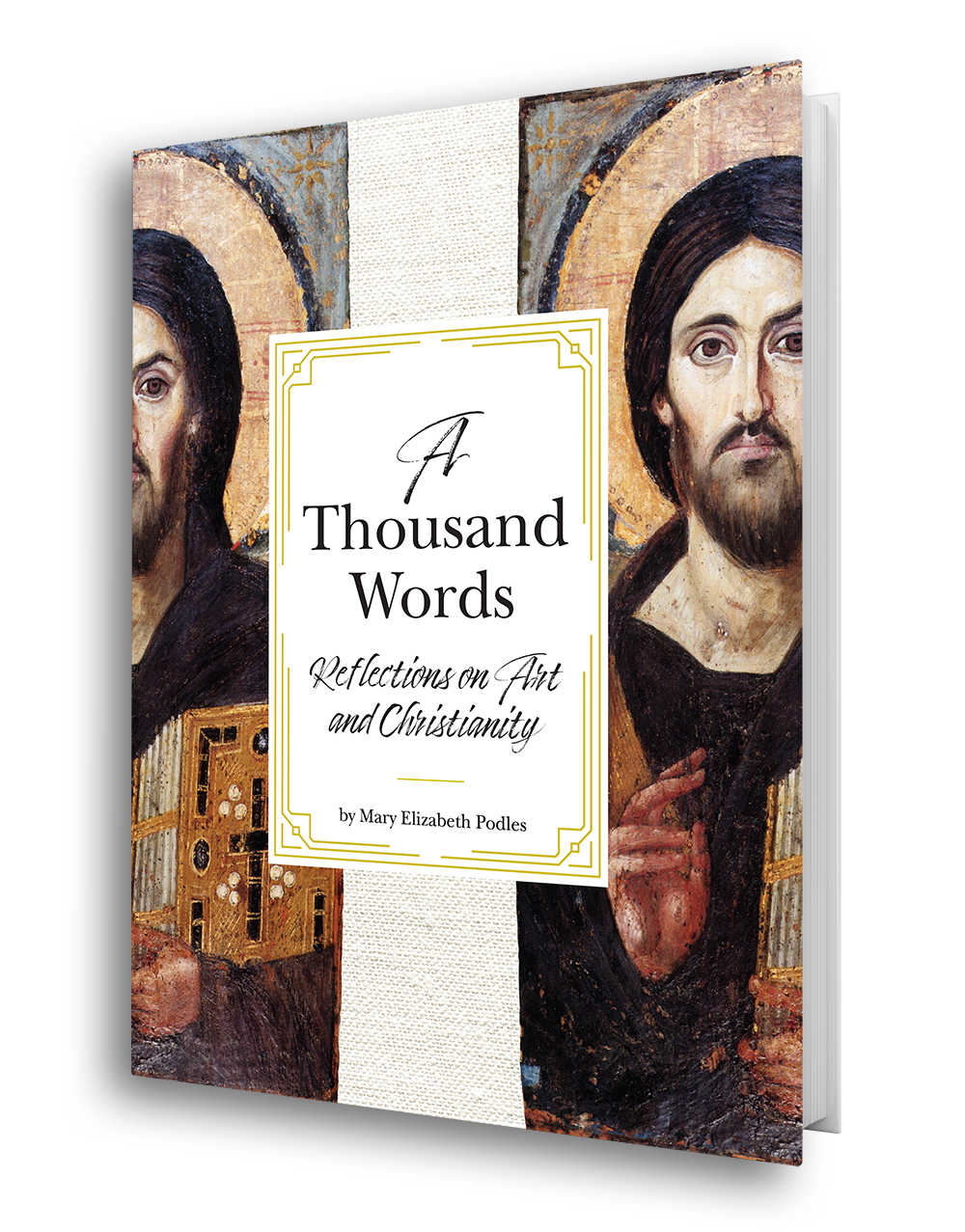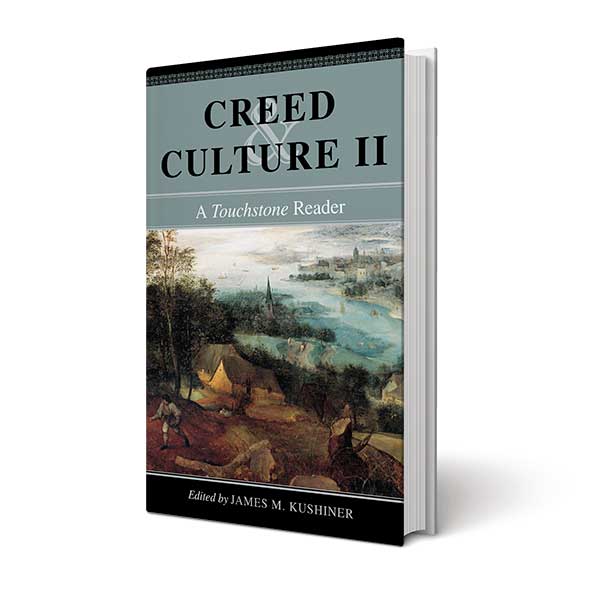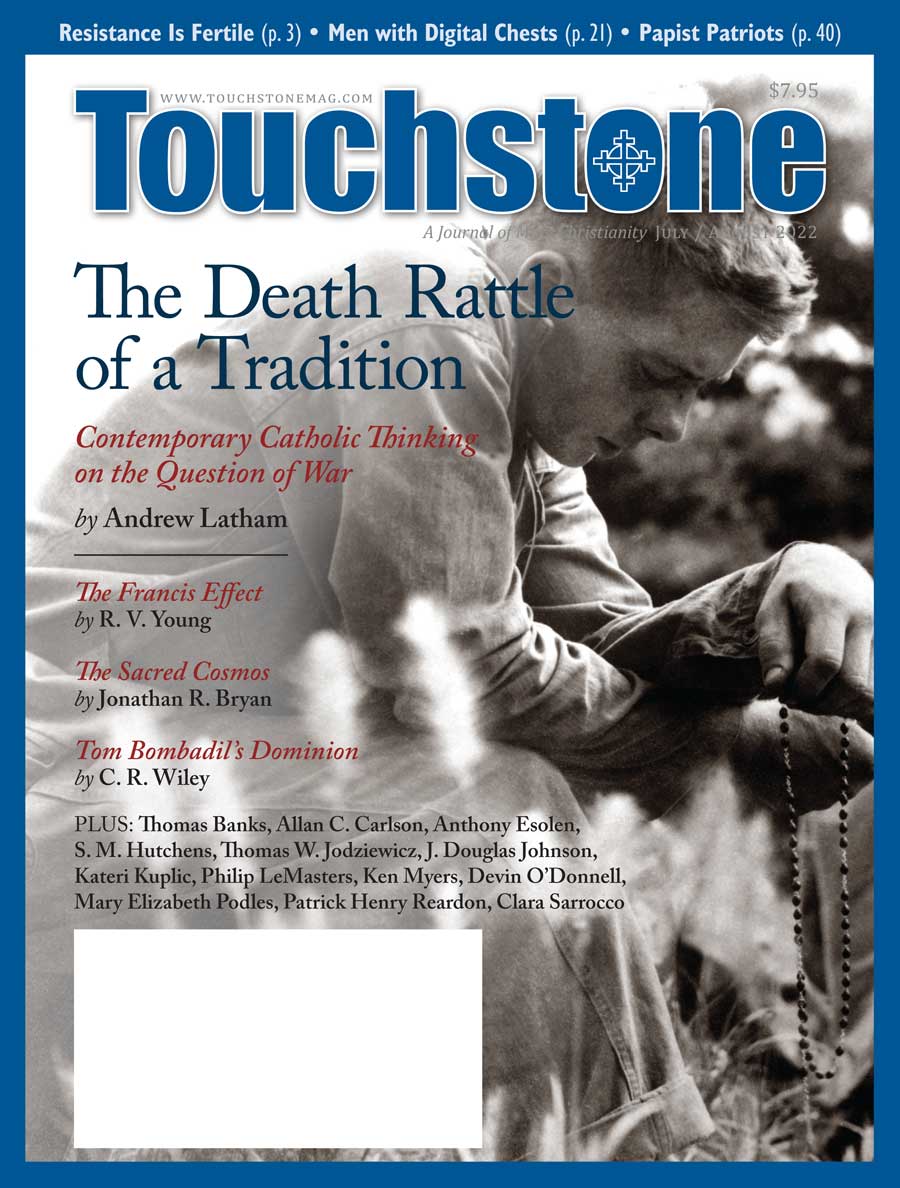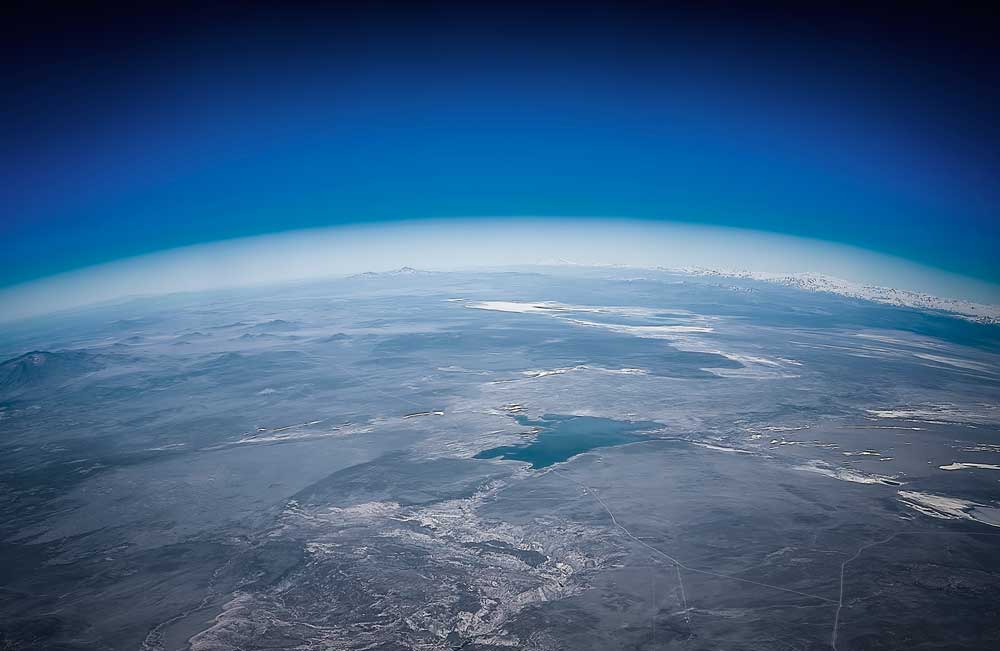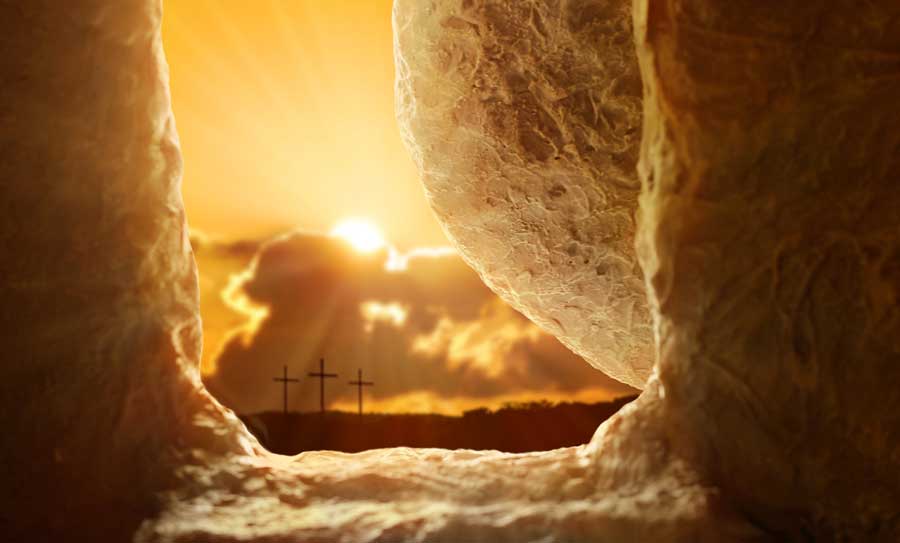The Sacred Cosmos
The World of Matter & Spirit United in Praise of Its Creator
Ever since the landmark 1966 publication of Ian Barbour's Issues in Science and Religion, the modern science-faith dialogue has flourished. The widening range and depth of relevant scholarship, interdisciplinary work, centers for study, and full academic chairs in the field, are evidence of the health and vigor of the program. Nonetheless, the dialogue has remained very much one-sided in the sense that science continues to enjoy the advantage of priority. Science has "slain" its theologians (T. H. Huxley) and issued its challenges. Faith invariably reacts in rearguard defensive maneuvers, trying to explain how we can still think religiously in a scientific world. Theologians and believing scientists first submit to the primacy of science, then labor to escape the implications of its strict materialist presuppositions, which in fact prohibit any meaningful ontological status to religious categories. Religion must always answer to science, but the converse is almost never the case.
Arguably the most fundamental and enduring problem at all levels in the dialogue is the conceptual difficulty in satisfactorily reconciling matter and spirit. Sarah Lane Ritchie has defined this point of contact, the so-called causal joint, as "that theoretical nexus at which a nonphysical God could affect physical processes." It is the problem of divine action in the material creation, and the dualistic context in which it is usually framed makes the resolution of the problem nearly impossible.
Several models have been proposed, historically and recently. Some are analogical (God as artist; or the world as God's body, with divine action comparable to mental activity). Others are more conceptual (dual agency/primary vs. secondary causality; top-down causality; or God as a transmitter of pure information). Some are more explicitly theological (varieties of panentheism, pneumatological animism, God's will as agency, and the role of divine kenosis—self-emptying—allowing an endowed creation to make itself).
And there are new varieties of what amount to God-of-the-gaps arguments, based on "real" uncertainty in nature (God is the manipulator of quantum indeterminacies or chaotic systems). The promise of true quantum uncertainty as the focus of divine action is that God can now at last work providentially without scientific contradiction or miracle. God is effectively relegated to a basement workshop to tinker with a cosmos otherwise fully governed by the laws of physics. There is little discussion of divine sovereignty and omnipotence in the treatises on divine action.
Divine action is scientifically unknowable because science as currently practiced is applied materialism. No transcendent (or immanent) categories are permissible. This was shrewdly, but diplomatically, summarized by biologist Robert Dorit—"The hand of God may indeed be all around us. But it is not the task of science to dust for fingerprints." As long as naturalism is the only accepted causal currency, it is of little use to appeal to initial conditions, endowed potential, fine-tuning, irreducible complexity, and so on as evidence of divine influence. As far as science is concerned, all phenomena (including whatever we might mean by "spirit") and all emergent complexity collapse into particles and energy/quanta (whatever these prove to be), with no metaphysical remainder. Game over.
The functional, ontological gap between matter and spirit cannot mean they are unrelated, but ignoring any possible bonding is the whole point of so-called methodological/causal naturalism—the philosophical foundation of science. Like an experiment in which variables are isolated or eliminated (to simplify a system and render it explicable), real teleological categories were progressively excised from the project of science as material causes were accepted as more intellectually satisfying (see Collingwood's The Idea of Nature). But the motive for attempting some integration of matter and spirit is our present dissatisfaction with the meta-narrative of science—a disenchanted, desacralized, and utterly pointless universe comprised of only brute material phenomena and their interactive contingencies.
It has been said that the success of science is in part a function of its limited scope. Science is incapable of satisfactorily reducing transcendent and immaterial qualities such as beauty, value, and teleological behavior; nor can it account for the necessary exemption of rational thought from its reductionist program. Scientific explanations are therefore too simple, and are also contingent on the non-material values, motives, and agendas of scientists.
This epistemological handicap of science must be articulated and emphasized in the science-faith dialogue. A richer account of the world is clearly necessary. Matter must be understood as more than mere matter, and its qualities and effects as more than accidental, emergent, self-assembled, or epiphenomenal. What is needed in the science-faith dialogue is a recovery of the ancient concept of the sacred. If the cosmos is a creation, it simply must have a sacral aspect at all conceivable levels.
The Logic of the Sacred
The "idea of the holy" was classically illustrated by Rudolf Otto and Mircea Eliade. Sacrality is a universal and foundational concept in all religious belief and practice. A sacramental understanding is one in which otherwise natural phenomena (objects, places, actions, words) "participate in a reality that transcends them." They are endowed with additional meaning and dimension that is inseparable from them. The sacral dimension is a powerful conceptual tool with the potential to integrate material creation and its dynamic processes with divine presence, creative action, and providence. It must be further explored.
The sacred (as with sacrament) is mysterious, but not in the sense of mere ignorance on our part. It is ontological—it cannot be fully comprehended (and must not be rejected on those grounds). When something is sacred, we may say it is holy, sanctified, consecrated, hallowed, set apart, dedicated, etc. Why? Because the sacred thing somehow contains, reveals, or makes present to us some real but non-material (i.e., non-scientific) aspect in such a way as to be at least partly apprehended by our ordinary senses. Sacred things show us spiritual things by means of otherwise natural things. Without ceasing to be "natural" phenomena, sacred objects, places, actions, or words become more than natural. With the sacred, the duality of matter and spirit no longer exists. A sacramental metaphysic is the only conceivable approach to the radical project of integrating scientific knowledge of the world and our experience of it.
Jonathan R. Bryan , Ph.D., is a Professor of Geology and Oceanography at Northwest Florida State College, and a vocational deacon at Immanuel Anglican Church, Destin, Florida. An early award winner in the Templeton Foundation Science & Religion Course Program, he developed and taught Issues in Science & Religion at NWFSC for 15 years. He is the senior author of Roadside Geology of Florida and a licensed professional geologist in Florida.
Share this article with non-subscribers:
https://www.touchstonemag.com/archives/article.php?id=35-04-030-f&readcode=10806
subscription options
Order
Print/Online Subscription
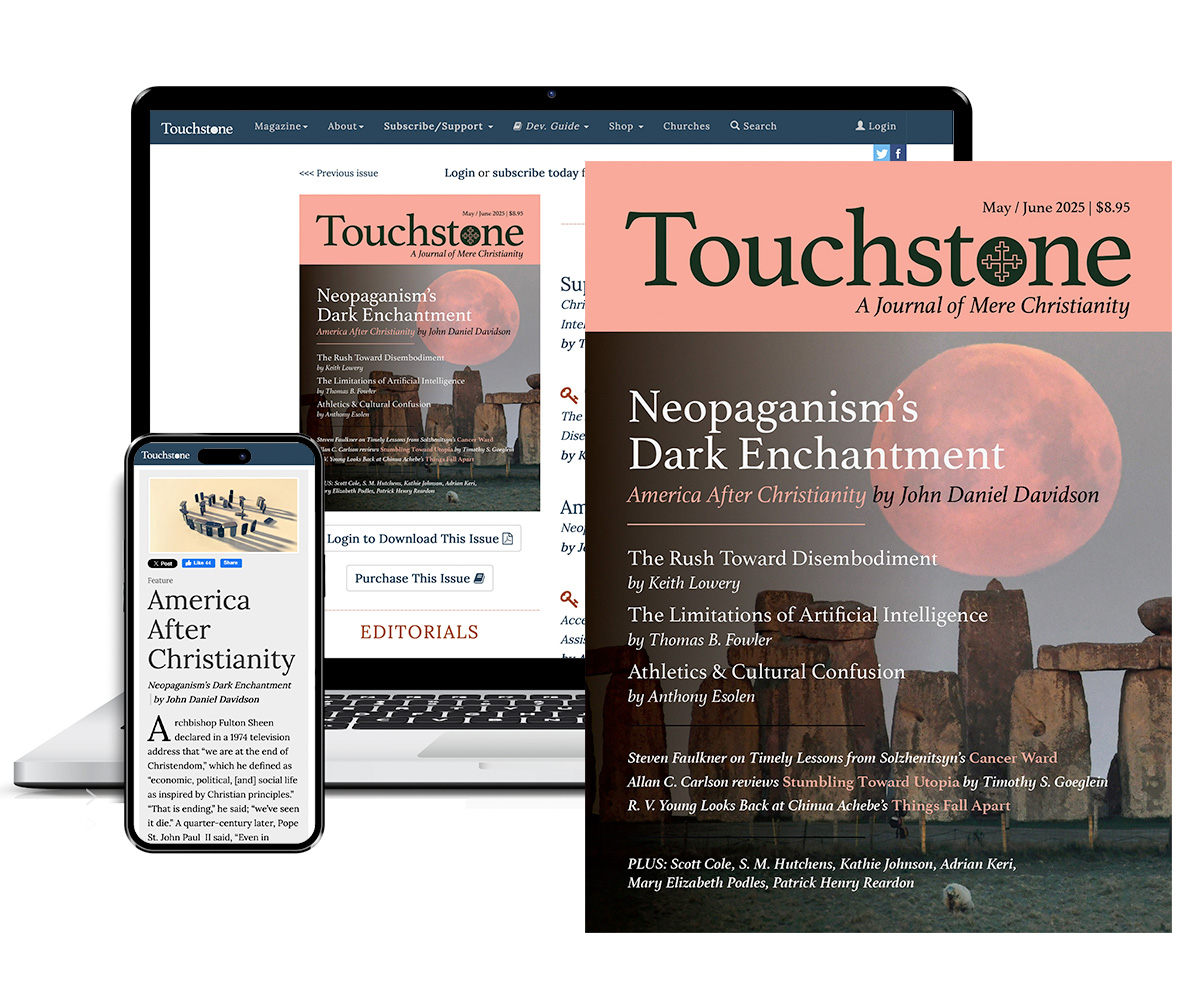
Get six issues (one year) of Touchstone PLUS full online access including pdf downloads for only $39.95. That's only $3.34 per month!
Order
Online Only
Subscription
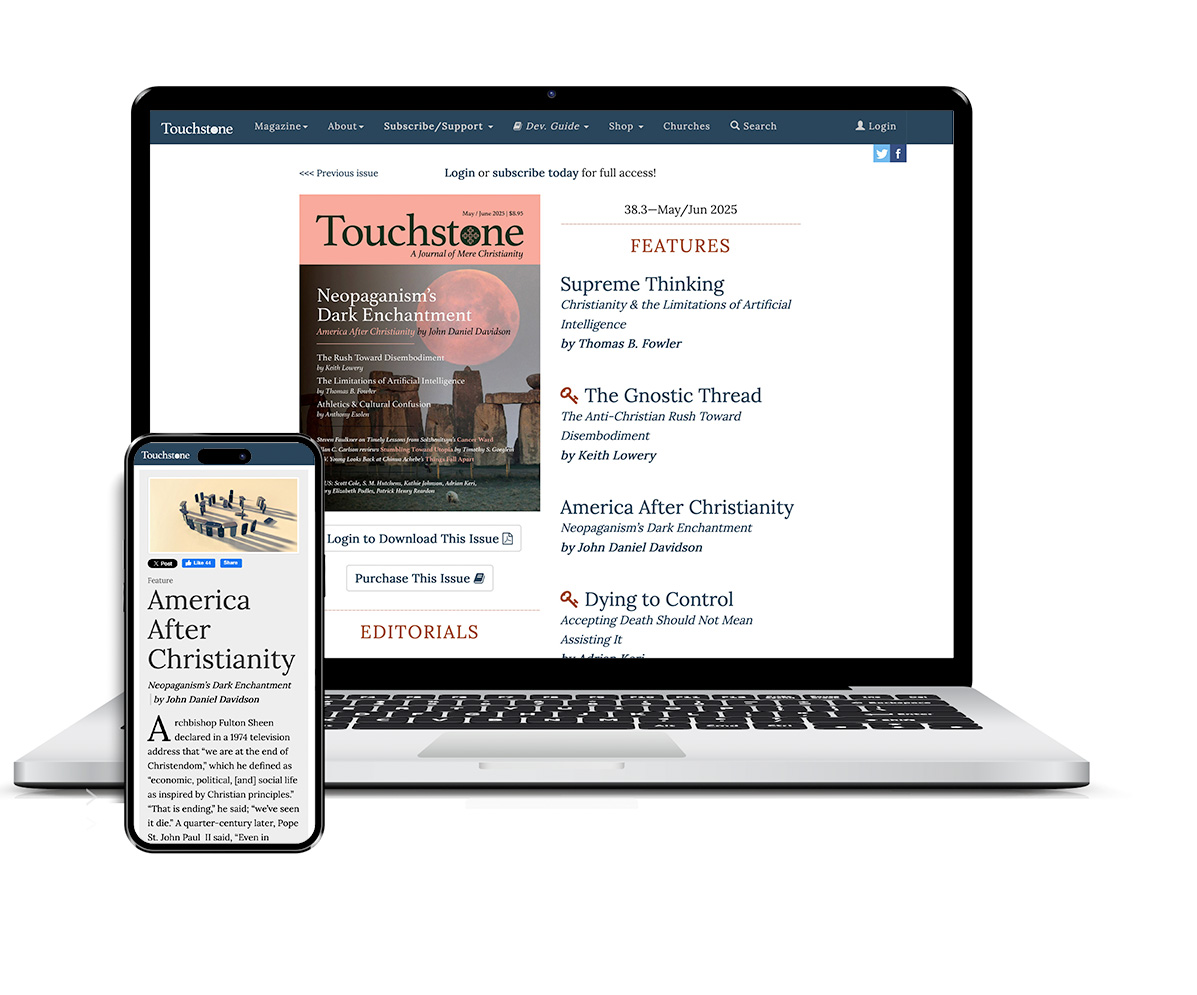
Get a one-year full-access subscription to the Touchstone online archives for only $19.95. That's only $1.66 per month!
bulk subscriptions
Order Touchstone subscriptions in bulk and save $10 per sub! Each subscription includes 6 issues of Touchstone plus full online access to touchstonemag.com—including archives, videos, and pdf downloads of recent issues for only $29.95 each! Great for churches or study groups.
Transactions will be processed on a secure server.
more on science from the online archives
more from the online archives
calling all readers
Please Donate
"There are magazines worth reading but few worth saving . . . Touchstone is just such a magazine."
—Alice von Hildebrand
"Here we do not concede one square millimeter of territory to falsehood, folly, contemporary sentimentality, or fashion. We speak the truth, and let God be our judge. . . . Touchstone is the one committedly Christian conservative journal."
—Anthony Esolen, Touchstone senior editor



